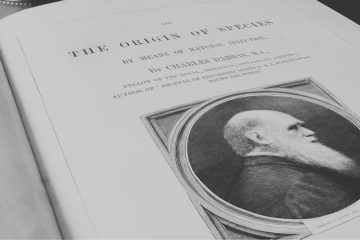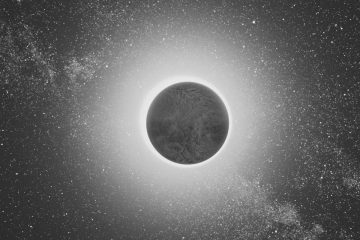What Happened On December 31st?
In the world of celestial wonders, December 31st is a rare spectacle—the convergence of a Blue Moon and a lunar eclipse. The year 2009 gifted sky gazers with a truly extraordinary experience as these two celestial phenomena coincided on a single, magical day.
Blue Moon: A Blue Moon occurs when two full moons illuminate the night sky within the span of a single calendar month. The second full moon is dubbed a “Blue Moon,” and while it doesn’t actually change color, the rarity of the event captures the imagination of observers.
Lunar Eclipse: A lunar eclipse unfolds when the Earth passes directly between the sun and the moon, casting a shadow that engulfs the lunar surface. This passing takes the moon through various phases of shadow and light.
On the last day of 2009, stargazers were treated to a celestial extravaganza—the alignment of a Blue Moon with a lunar eclipse. This rare convergence created a breathtaking display as the moon transitioned from its usual silvery glow to the deep, coppery hues characteristic of a lunar eclipse.
The occurrence of a Blue Moon and a lunar eclipse on the same day is infrequent. The last time such an alignment took place on New Year’s Eve was in 1990, and the next instance wouldn’t happen until 2028. The unique timing made the event a must-watch for astronomy enthusiasts and casual sky gazers alike.
The celestial event was visible from Europe, Asia Africa, and parts of Alaska, allowing people on different continents to share the rare cosmic alignment. Observers in regions with clear skies were able to witness the entire celestial show unfold.
The timing of this celestial convergence on New Year’s Eve added an extra layer of magic to the festivities. As people around the world bid farewell to the year and welcomed a new decade, they could look up to the night sky and witness nature’s own dazzling display.
Have you ever witnessed a blue moon or an eclipse?
Having the opportunity to look at a blue moon or an eclipse is no common feat. Lunar eclipses occur twice a year, solar eclipses occur one time every eighteen months, and a blue moon is only seen once every two or three years.





